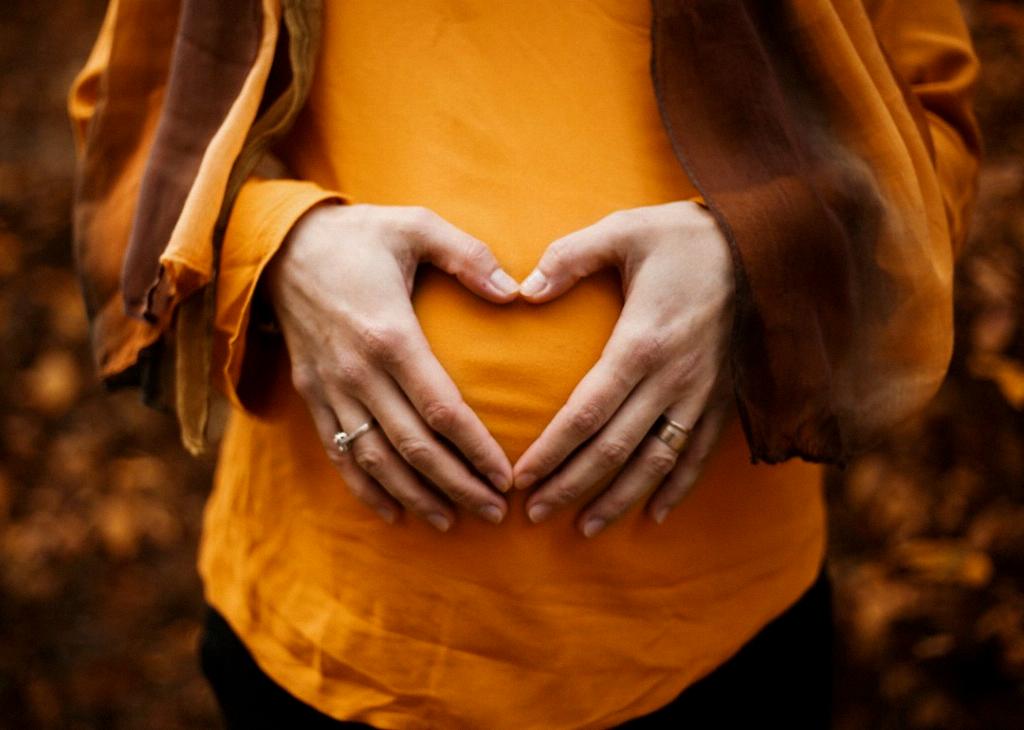Spotting at the beginning of pregnancy is a common occurrence that many women experience during the first trimester. This light vaginal bleeding can be a cause for concern for some, but in most cases, it is perfectly normal and nothing to worry about. Understanding what spotting looks like can help alleviate some anxiety for expectant mothers.
The blood associated with spotting is typically red or pink in colour, which can be alarming for women who are not expecting to see any blood during their pregnancy. However, it’s essential to note that the colour of the blood can vary from person to person and may also appear brown, resembling old blood or the bleeding that occurs at the beginning or end of a menstrual cycle.
Unlike a regular period, the amount of blood lost during spotting is minimal. It is usually lighter than a typical period bleed and may not require the use of a pad or tampon. This lighter flow distinguishes spotting from a heavier period or abnormal bleeding that may signal an issue with the pregnancy.
Spotting can occur at different times throughout early pregnancy, but it is most commonly seen within the first trimester. This light bleeding can be triggered by various factors, including implantation of the fertilized egg into the uterine lining, hormonal changes, or the cervix becoming more sensitive due to increased blood flow.
It is crucial for pregnant women to pay attention to other symptoms accompanying the spotting, such as cramping, dizziness, or severe abdominal pain. These additional signs can help determine whether the spotting is harmless or indicative of a more serious concern that requires medical attention.
If you experience spotting during pregnancy, it’s vital to keep track of the duration and intensity of the bleeding. While spotting is usually brief and light, persistent or heavy bleeding can indicate a potential problem, such as a threatened miscarriage or ectopic pregnancy.
Although spotting is generally not a cause for alarm, it’s always wise to consult with a healthcare provider if you have any concerns or uncertainties regarding the bleeding. Your doctor can perform tests, such as blood work or an ultrasound, to ensure the well-being of both you and your baby.
Remember that every pregnancy is different, and what is normal for one woman may not be the same for another. Trust your instincts and seek medical guidance if you feel that something isn’t right. Open communication with your healthcare provider can provide reassurance and ensure a healthy pregnancy journey.
In conclusion, spotting at the beginning of pregnancy may appear as light red or pink blood, resembling a lighter period flow. It can also be brown in colour, similar to old blood or menstrual bleeding. Understanding the characteristics of spotting can help pregnant women distinguish between normal and abnormal vaginal bleeding during the early stages of pregnancy.

